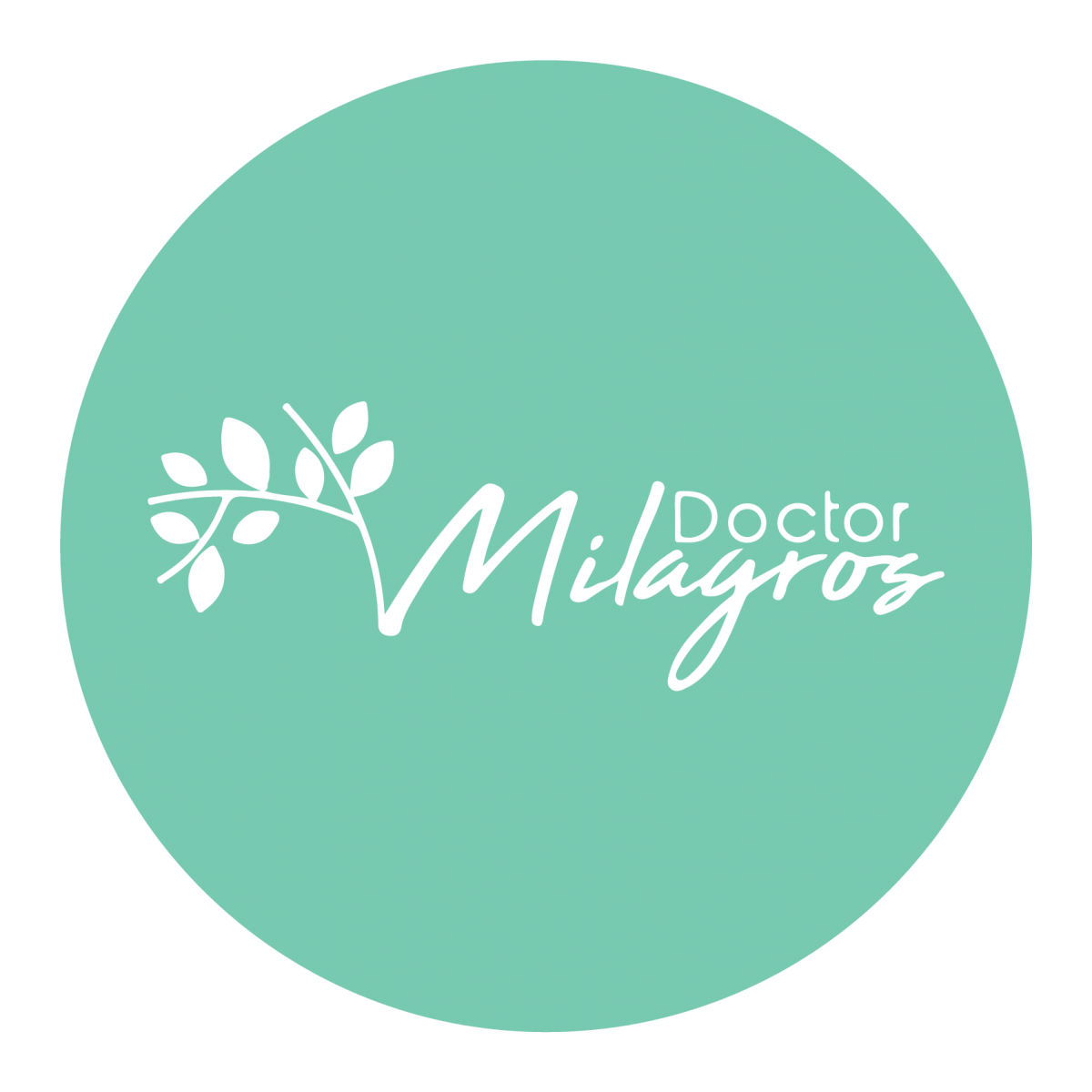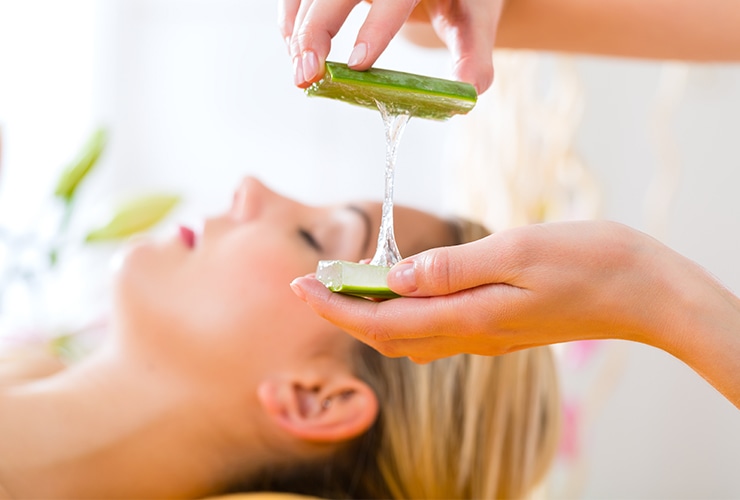 Exploring the Healing Properties of Aloe Vera
Exploring the Healing Properties of Aloe Vera
Records of Aloe Vera, a succulent plant, date back to the 16th century BC. According to the Indian Journal of Dermatology, the Ancient Egyptians called Aloe Vera “that plant of immortality”. Aloe Vera has also been used therapeutically throughout the world for centuries.
Everyone has heard of the benefits of Aloe Vera within the realm of too much sun exposure. But Aloe Vera, like many of Mother Nature’s gifts, is a multitasking powerhouse of a plant! Besides being intensely hydrating, aloin is one of Aloe’s anti-inflammatory properties and metallothionine is one of its anti-oxidant properties.
The medicinal qualities of Aloe Vera, both external and internal, are very diverse. When used externally, Aloe has astringent properties – an astringent is a tightening agent which causes the skin to contract. A result of using an astringent on the skin might be minimized and tightened pores. Aloe is also an emollient, which means that it smooths and softens the skin, it increases cell turnover, and it is antifungal—in addition to having both anti-inflammatory and anti-oxidant properties.
Studies have also demonstrated that the aloesin in Aloe Vera treats hyperpigmentation of the skin both by inhibiting melanin production and by treating acne and UV induced hyperpigmentation. The combination of Aloe’s natural salicylic acid content combined with its super hydrating abilities make for an effective treatment of problem skin.
Did you know that according to the Mayo Clinic, Aloe Vera is even an effective and soothing treatment for psoriatic skins?
Another little known fact… Aloe’s anti-inflammatory properties can help reduce stretch marks by promoting the production of collagen and elastin.
Aloe vera: Benefits and medical uses (medicalnewstoday.com)


